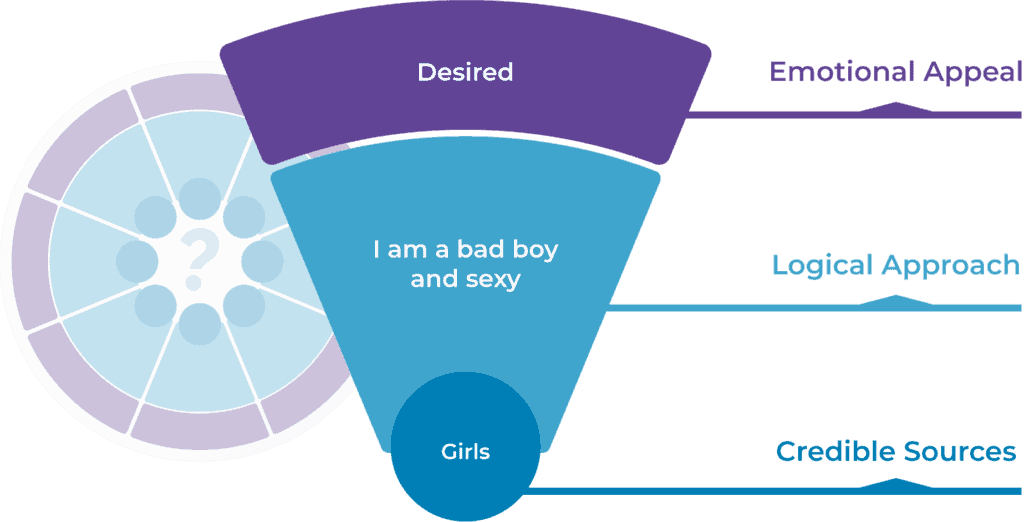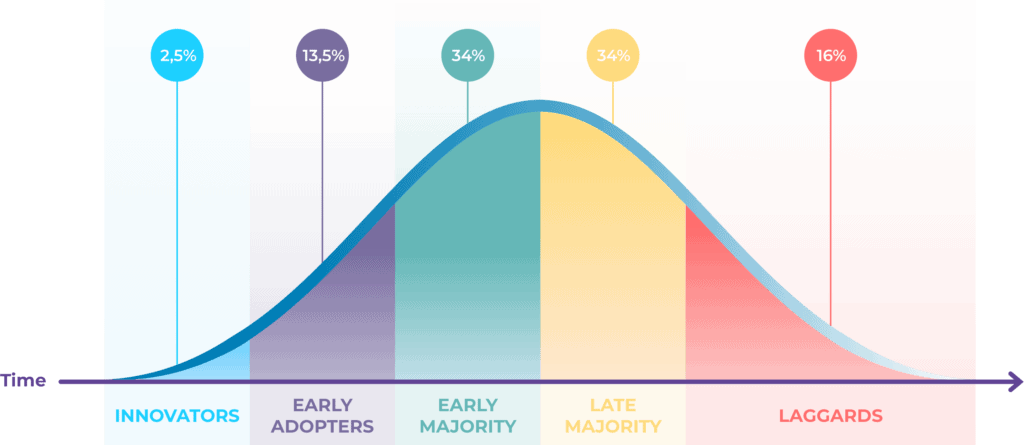What are Digital Communities?
Learning and the media
The media can do one of three things: inform, educate or entertain. It’s good to know that in every one of these spheres, the audience will receive new knowledge, skills or attitudes. Have you ever learnt something from a movie or television fiction series? Entertainment also passes on knowledge, skills and attitudes.
- Knowledge is gaining new facts and information (K)
- Skills is gaining new abilities (S)
- Attitudes are about gaining new beliefs. (A)
Traditional media is typically bad at transferring knowledge, skills or attitudes. This is because it can’t test or know if people are getting the message. Online media provides us with many more exciting tools to see if a transfer of Knowledge, Skills or Attitudes has taken place.
Persuasion
Persuasion is learning with an emotional dimension, altering current beliefs and emotional payoffs. Our working definition of persuasion is bringing an audience new learning (knowledge, skills or attitudes) with emotion.
There are 3 elements necessary for persuasion:
- A credible source: a person the audience trusts
- A logical approach: presenting new knowledge, skills or attitudes in a way the audience recognizes and understands
- Emotional appeal: a negative or positive emotion to encourage their new knowledge, skills or attitudes.
Credible source
Credible sources are people that your audience trusts. Credible sources are broken down into five categories. They are placed in order of importance:
Category | Description | Emotion |
1. People like us | These are family members, friends or peers. Depending on the context of the target audience. This is your community. | Highest |
2. Celebrities | Each community has their own celebrities. Celebrities are on a psychological level the aspirational versions of ourselves. | Higher |
3. Role Models | People similar like us but have achieved success. A role model is usually community based. They are accessible, whereas celebrities are more distant. | Medium |
4. Community leaders | These include policemen, local politicians, religious leaders, etc. They are specific to the community. | Lower |
5. Experts | Experts rank low in the persuasive list due to their low emotional value. Experts use jargon and have a habit of superiority that the audience disengages with. This is not to say that they aren’t important. | Lowest |
Logical approach
Logic assumes you start at your audience. It is their logic that you need to start from, not your own. Look at what your target audience believes. By choosing an influencer and the agreed realities they are linked to, you can decide what you want to change.
Emotional appeal
To persuade, one must activate emotions or feelings. Logic alone does not persuade. Emotion is a tremendous driver that alters our current understanding and is linked to the formation of memory. When you make important choices on a car, a home or a partner, it is usually not a logical decision. In fact, less than 10% of the population makes choices based on information alone.
When we understand what the audience’s emotional payoffs are, we can examine alternatives that can challenge a fixed pattern of thinking. It is important to note that your persuasion must have a value shift. We are hardly willing to accept new knowledge, skills or attitudes if we are not encouraged to do so. Encouragement either comes from a shift from a value to an opposite value (from positive to negative, or vice versa) or it can be an amplification of the value (positive to very positive, or negative to very negative). Values can be expressed as positive (+), very positive (++), negative (-) or, very negative (–).
Very positive ++ | Positive + | Negative – | Very Negative — |
Excellent | Good | Bad | Awful |
Cheerful | Joyful | Sad | Sorrowful |
Adored | Loved | Disgusted | Hated |
Overjoyed | Glad | Upset | Distraught |
Gorgeous | Beautiful | Ugly | Hideous |
Ecstatic | Happy | Unhappy | Miserable |
Serene | Calm | Worried | Distressed |
Energetic | Fresh | Tired | Exhausted |
Intelligent | Clever | Stupid | Idiotic |
Ferocious | Fierce | Afraid | Fearful |
Tranquil | Peaceful | Angry | Furious |
Exhilarating | Exciting | Boring | Dull |
Effortless | Easy | Hard | Difficult |
Aim statement
Once you understand who you are talking to, the aim provides the “what to say”. To create an aim, you need your target audience statement.
Your aim statement = target audience statement + credible source + logical approach + emotional appeal

For example: I want to target “Some teenage boys who believe smoking is attractive to girls, who they believe make them bad boys and sexy and therefore feel desired.” Your aim statement then includes the target audience + the logic approach + the emotional appeal.
My aim is to persuade: Some teenage boys who believe smoking is attractive to girls, who they believe make them bad boys and sexy and therefore feel desired… to believe… that smoking makes you unattractive to girls who see them as dirty and weak due to peer pressure and therefore feel shame.
Magic bullet
There is no one piece of content that changes everyone’s mind. Instead the key message needs to be repeated many times for the audience to understand. Everett Roger’s Diffusion of Innovations (1962) demonstrates this concept.

Any persuasion for attitude (belief) change or behaviour change will not affect all parts of a community the same. Some will be quick to change, others will be slow to change and need repeated examples of the new idea, some will be very hard to change or may never change.
The innovators may change based on facts alone, but the majority need repeated persuasion as well as information before they change. They will need the new idea repeated many times, with many examples, and they will relapse often (i.e. they will try it and then go back to the old belief or practise).
Key takeaways
- Persuasion is Learning + Emotion.
- Media cannot test knowledge, force people to apply skills, or test new attitudes. Thus, persuasion is essential.
- There are three parts to persuasion: a credible source b. a logical approach, c. an emotional appeal.
- Persuasive aims help us focus the goal of content: what do we want to achieve with the content.

